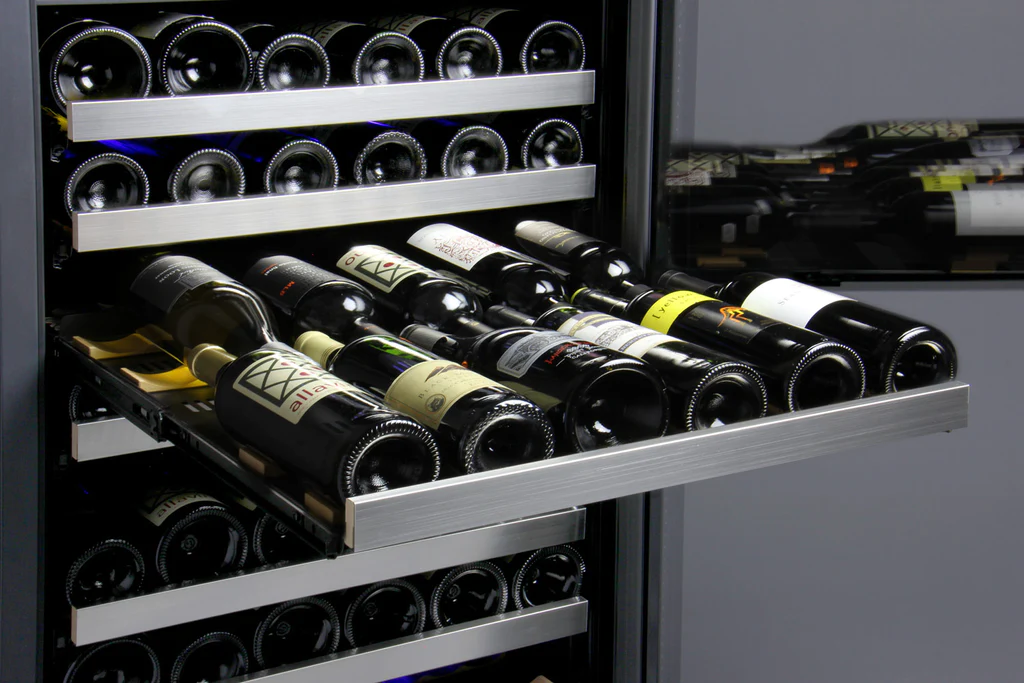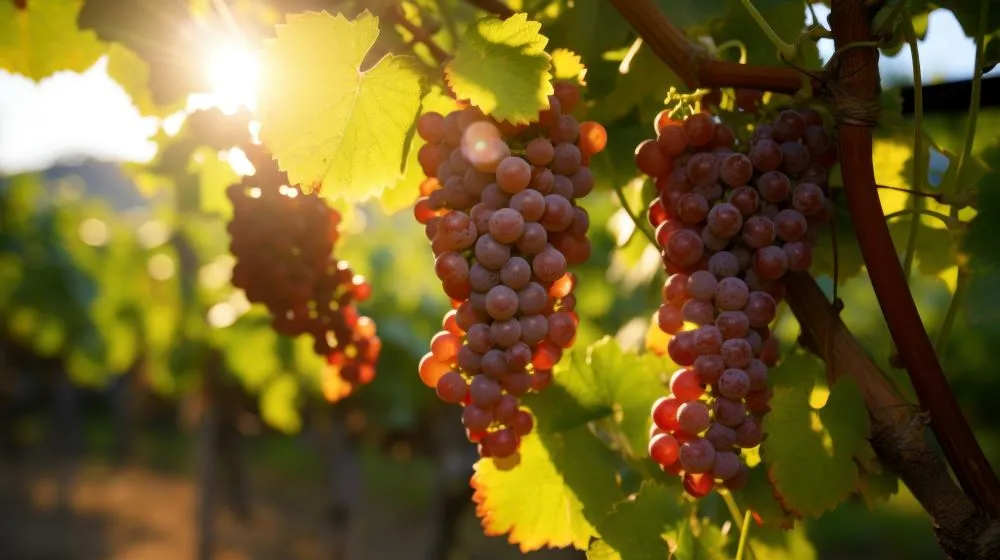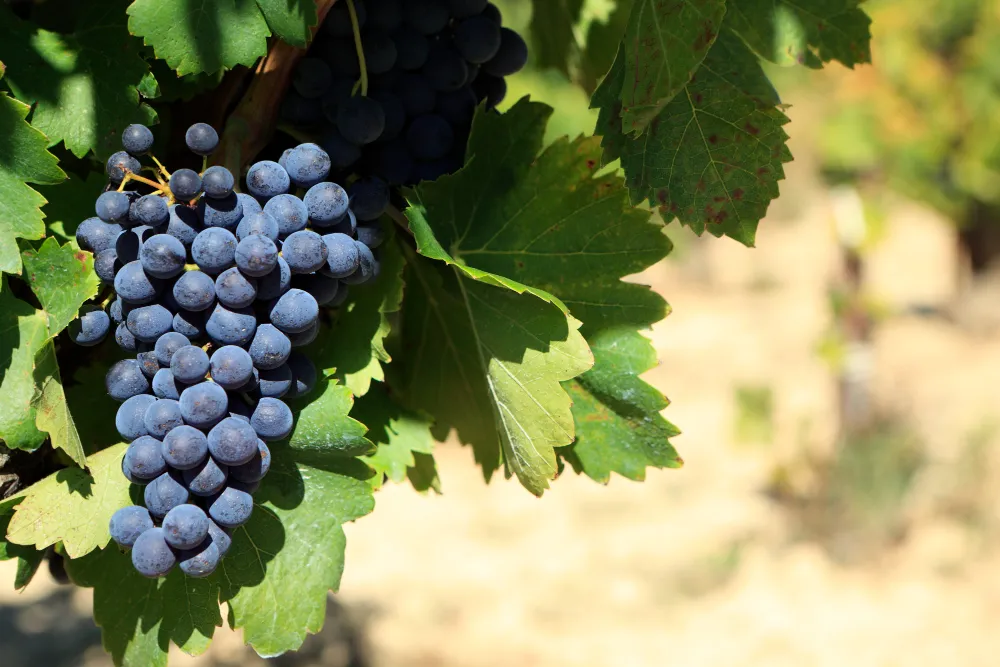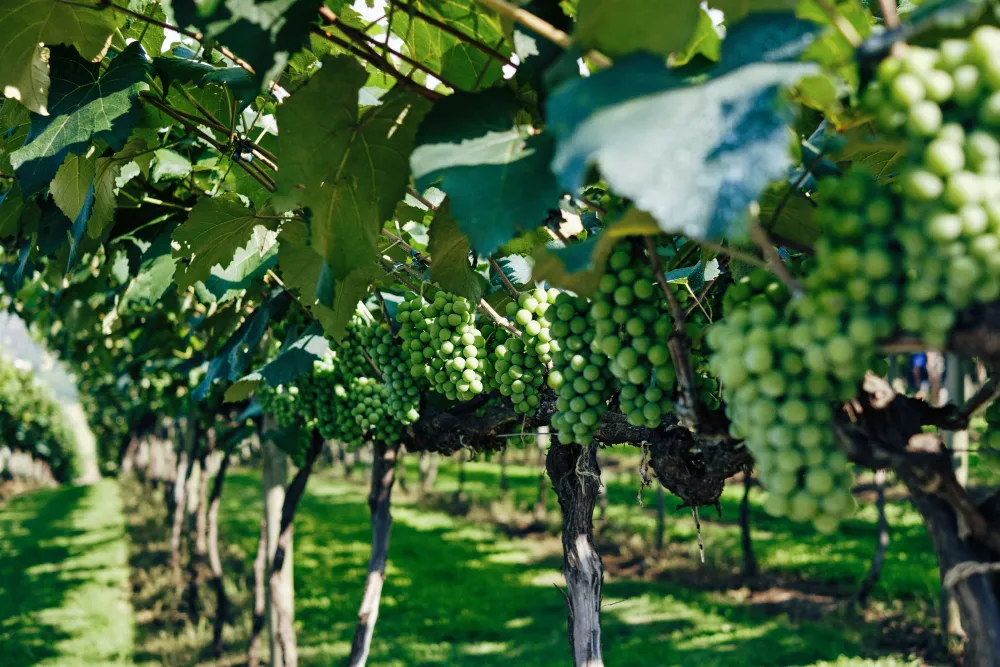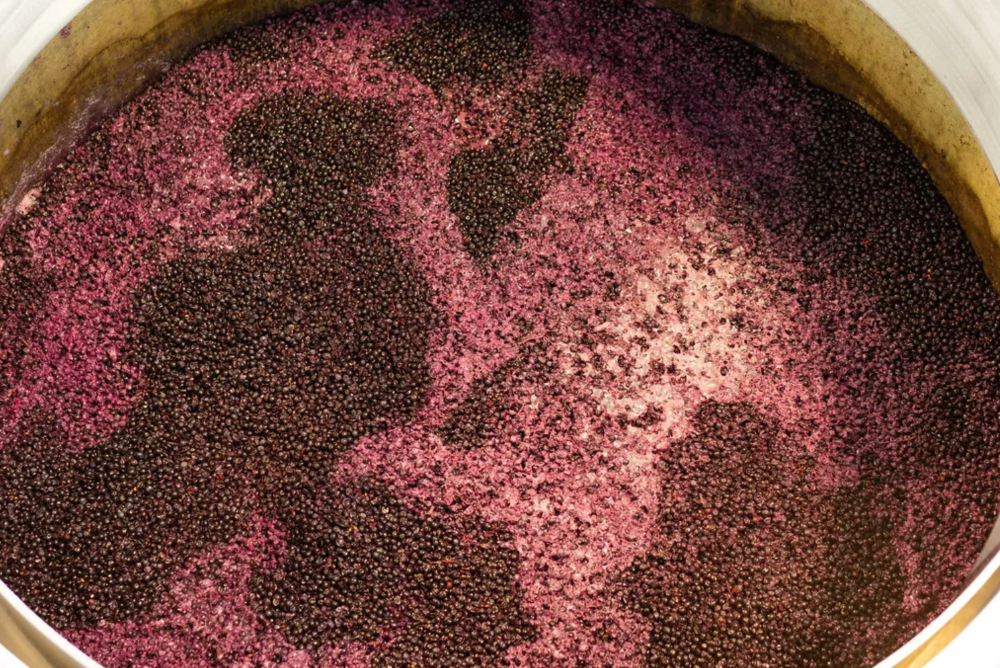Delve into the intricate world of wine as we explore the potential impacts of climate change on everyone’s favorite fermented grape beverage. Climate change is no longer a distant concern; it is a pressing reality that threatens to disrupt the very essence of wine production and consumption. From alterations in ripening and harvest to changes in traditional wine regions, the wine industry is facing critical challenges that could reshape the landscape of viticulture as we know it. In this guide, we will uncover six viticultural challenges posed by climate change and probe into the strategies that winemakers are adopting to navigate this turbulent climate.
Climate Factors Affecting Wine Production
The changing climate significantly impacts the production and quality of wine around the world. Understanding how various climate factors influence vineyards is crucial for adapting to these challenges. Here, we will discuss some of the key climate factors affecting wine production and their implications.
About Temperature in Grape Ripening
For grape vines, temperature plays a critical role in the ripening process. Fluctuations in temperature can affect the development and balance of imperative components in grapes, such as sugars and acids. The following table highlights the key aspects of temperature’s influence on grape ripening:
| Temperature Influence on Grape Ripening | Impact on Wine Production |
| Warmer temperatures | Accelerated ripening process, potential loss of acidity |
| Cooler temperatures | Delayed ripening, higher acidity levels |
Implications of Altered Rainfall Patterns on Vineyards
An altered rainfall pattern can have profound effects on vineyards and grape production. Water is imperative for grape development, and changes in rainfall can disrupt the balance. An example of these implications is the need for irrigation in vineyards that traditionally relied on dry farming. Adding irrigation can alter the flavor profile and characteristics of the grapes.
Grape vines require a delicate balance of water to thrive, and excessive or insufficient rainfall can lead to issues such as mold, rot, or stunted growth. Vineyard managers must monitor and adapt to these shifting rainfall patterns to ensure the health and quality of the grapes.
Consequences of Extreme Weather Events
Vineyards are vulnerable to extreme weather events such as storms, frosts, and heatwaves. These events can devastate crops, leading to significant losses in both quantity and quality of grapes. Some vineyards may implement protective measures like netting or wind machines to mitigate the impact of these events, but they can still have far-reaching consequences on wine production.
Ripening grapes are especially susceptible to damage from extreme weather, impacting not only the current harvest but potentially future vintages as well. Vineyard operators must be prepared to adapt to the increasing frequency and severity of these events to safeguard their vineyards and wine production.
The Importance of Terroir and Climate Shifts
To produce high-quality wines, winemakers rely on the unique characteristics of their terroir, which includes the climate, soil, and topography of the vineyard. Climate shifts due to climate change can alter these imperative elements, affecting the flavors and aromas of the wines produced. Winemakers must understand and adapt to these shifts to maintain the distinctiveness and quality of their wines.
This recognition of terroir and attention to climate changes can lead to innovation in winemaking, with producers exploring new grape varieties or vineyard management techniques to adapt to the evolving conditions. By embracing these changes, winemakers can continue to produce exceptional wines that reflect the unique terroir and climate of their vineyards.


